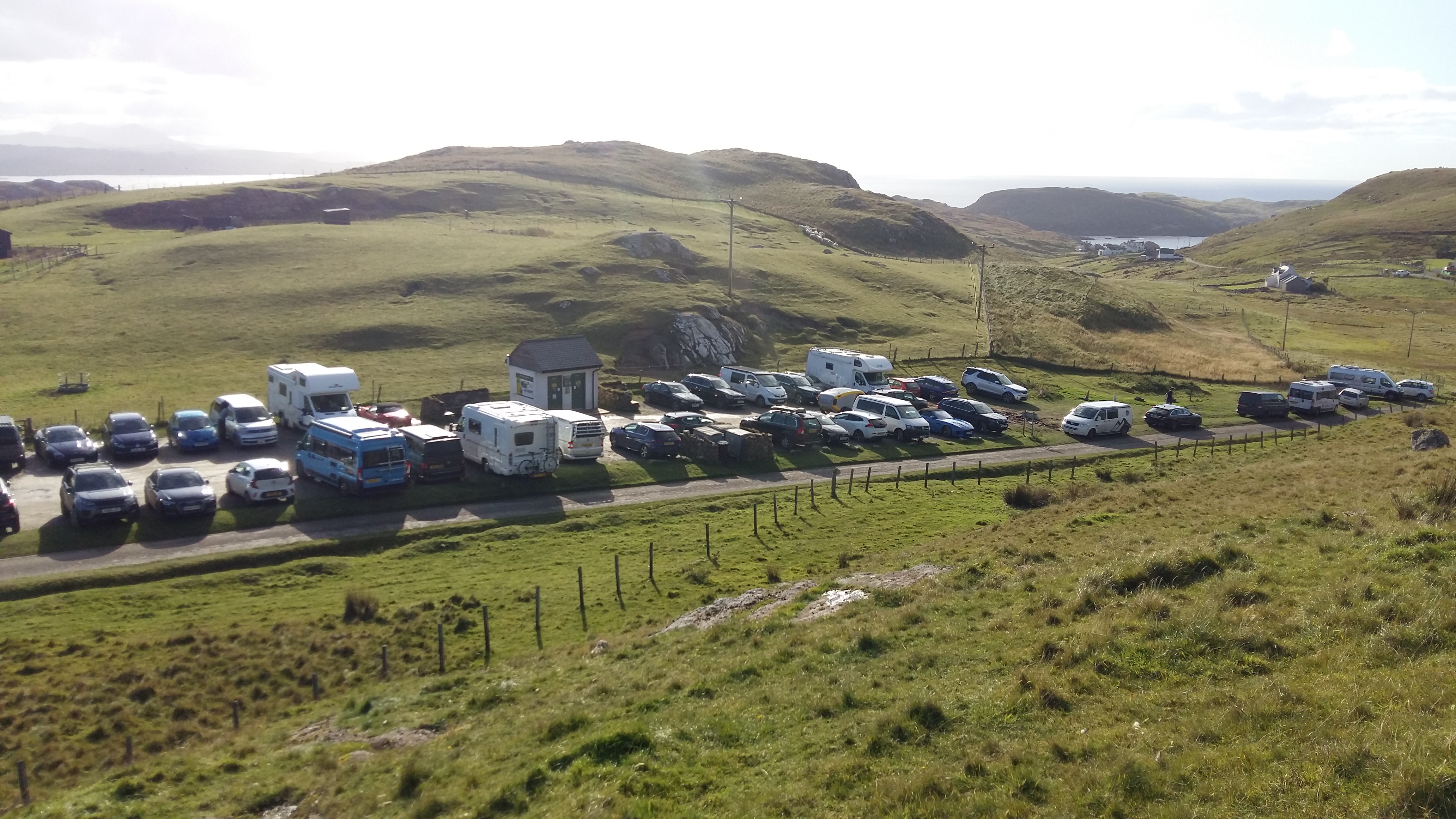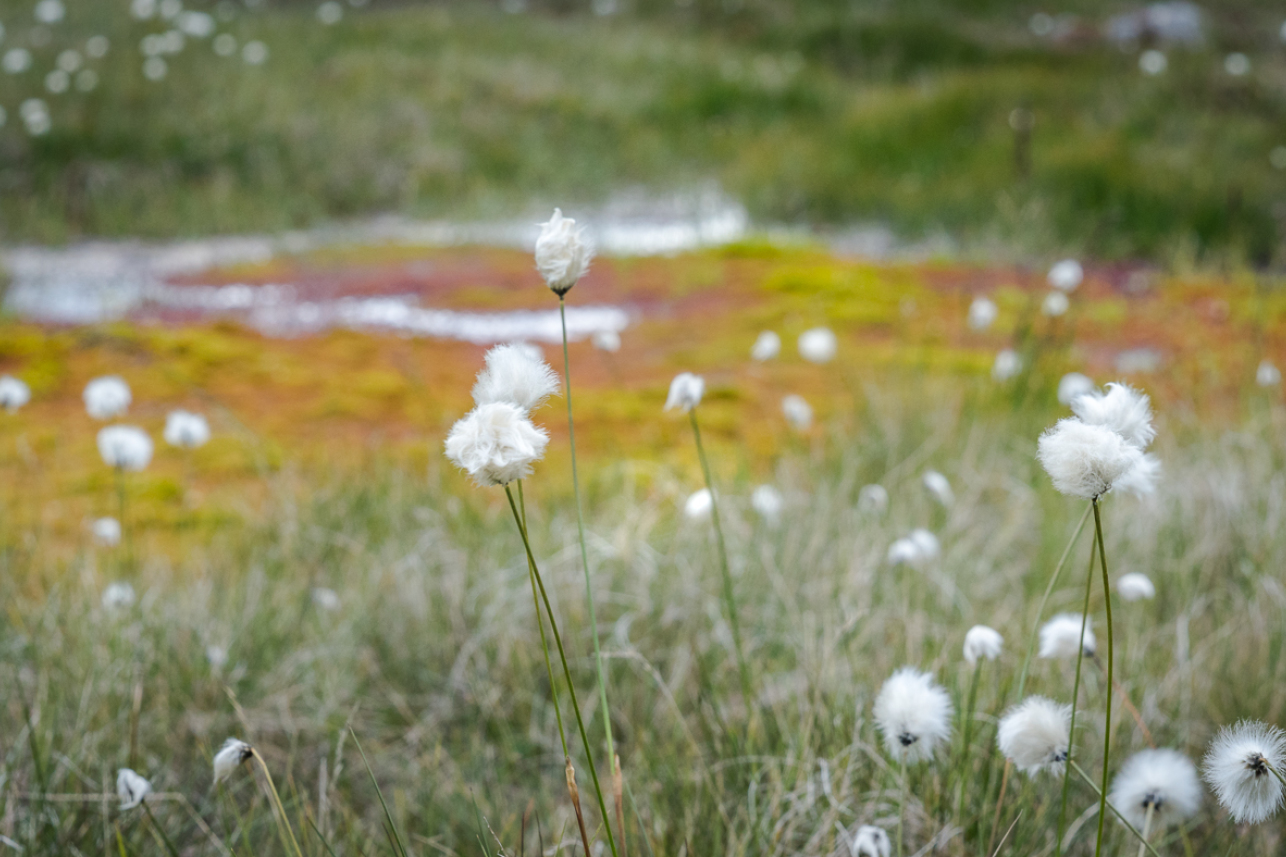Field Notes: What price access?
Our guest reporter - journalism student Sara Duraes - asks if a perfect balance between recreation and nature can be found in the Highlands.

The Scotland Land Reform Act 2003 (known by many as the right to roam) states that there is free access for everyone to the countryside. This means that there shouldn’t be any restrictions on where you can wander in Scottish lands - excluding the immediate surroundings of one’s house, such as gardens.
To have the right to roam you must know how to behave in nature. Nonetheless, recently there seems to have been a change in the public's understanding of what they are allowed to do.
“The laws of access are dependent on us being responsible in the countryside," explained Highlands expert and nature enthusiast Cameron McNeish.
"It’s a law of responsible access and many people coming to Scotland don’t realise the responsible part of the access right.”
This misinterpretation of what the freedom to roam really means has been amplified during the past couple of years, as people have been looking for wild places to stay and explore during the pandemic.
Lack of respect
According to some, the basic rules of respect for nature are being forgotten. In the Highlands, the impact of this “lack of respect” has seen trees cut for firewood and people leaving rubbish after recreational activities.
NatureScot's Pete Moore, has also noticed the change in visitor behaviour: “During the past years of the pandemic, we have seen lots of people coming and almost misusing the codes of access that we have."
A solution to the problem, could be to create more infrastructure - but how would this impact on the natural environment?
Cameron said: “Part of Scotland's tourism attraction is its wildlife. If people see nature in the wild they want to support it, nonetheless, there is a danger you can destroy things very easily."
Scotland has seen a boom in tourism since the pandemic. Its remoteness makes it an attractive gateway for nature lovers. Looking ahead, the numbers of tourists will probably decrease and the Scottish Government has put money aside to build facilities. Until that happens, the Scottish Outdoor Access Code (SOAC) provides a practical guide to responsibly exploring the great outdoors.
Pete explained: "SOAC gives you tips on where and how to wild camp, where you should go to the toilet and where you shouldn’t. If you stick to being responsible, public access to the Highlands shouldn’t be a problem in terms of having enough infrastructure to support recreation activities."
Cameron added: “Generally we don’t need a lot of infrastructure, because most of the people come to Scotland to enjoy the wildlife. It’s all about having a fair balance.”
Fencing
Balance is also necessary in a healthy ecosystem. Some areas of the Scottish Highlands have been described as “wet deserts” by author Frank Fraser Darling.
One of the causes of this lack of biodiversity is due to unsustainable numbers of red deer. Many landowners choose to protect areas from browsing by installing deer fences, which in turn can impact public access to the countryside.
“The problem is not the fencing itself, but the lack of access points,” said Pete. “Guidance says that land managers should provide openable gates. If they don’t provide that, or they lock the gates, there are procedures to report those sorts of things.
"Everything comes down to awareness and education: understanding the countryside and education by various means - formal and informal - are absolutely important.”
Consequently the solution is not about stopping recreational activities, or building more infrastructure to support them, but simply being aware of what the limitations are within our “freedom to roam”.
- Sara Duraes is a journalism student at Robert Gordon University. Her article was inspired, researched and written as a response to our vision for the role of wild places in a just transition to net zero in Scotland.
- Read Sara's other article 'Highland huts'.
- Find out more about the Scottish Outdoor Access Code and watch Ramblers Scotland's latest Leave No Trace film.
Photo shows Blairmore car park filled with visitors to land cared for by the Trust at Sandwood Bay by Carrie Weager.


